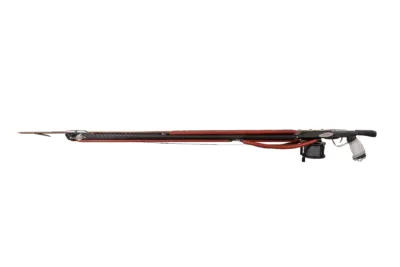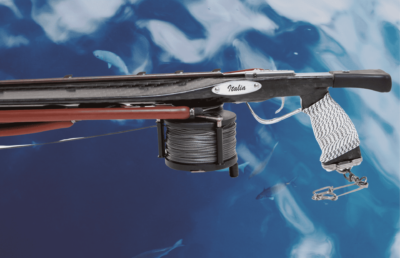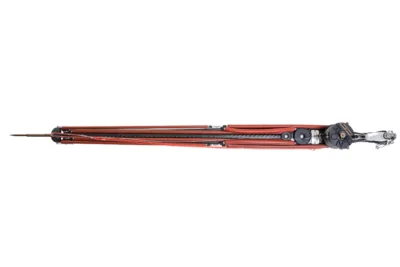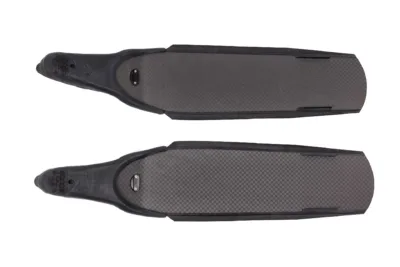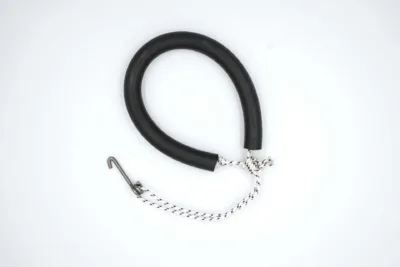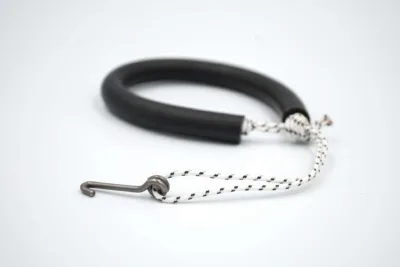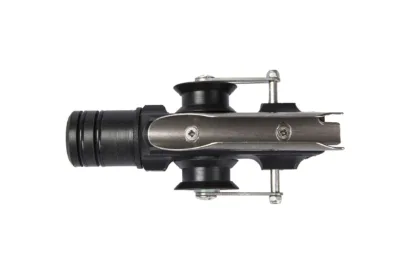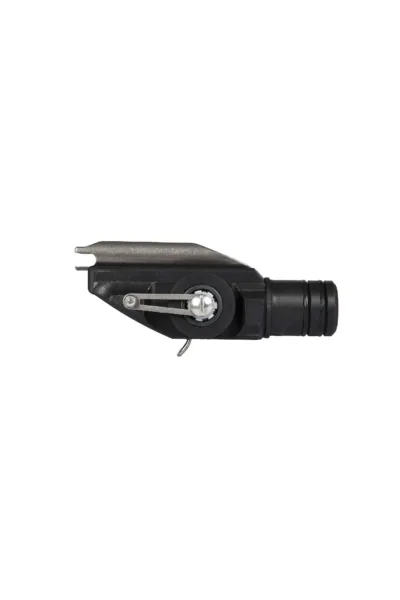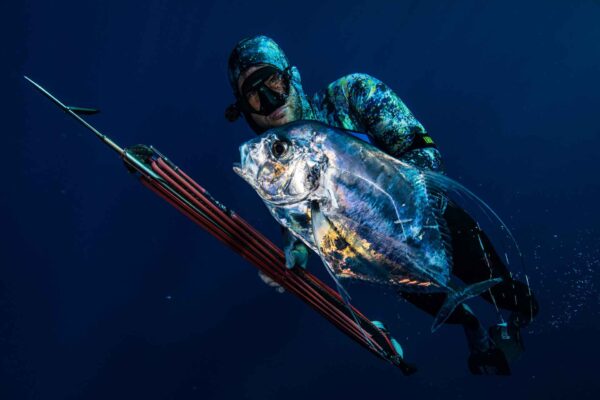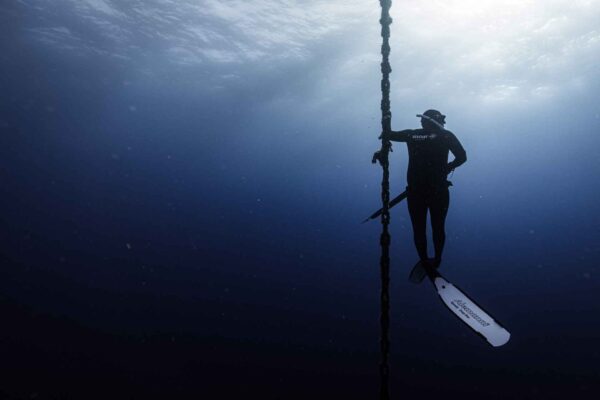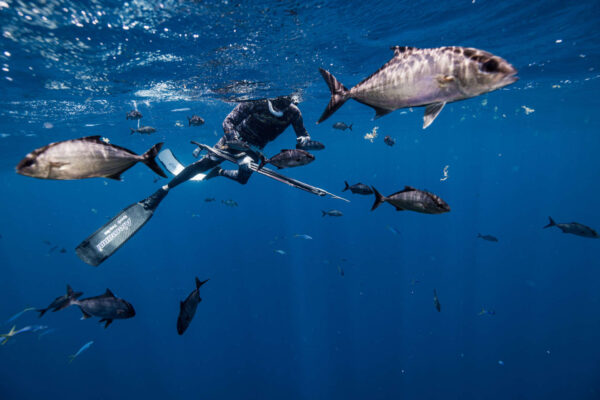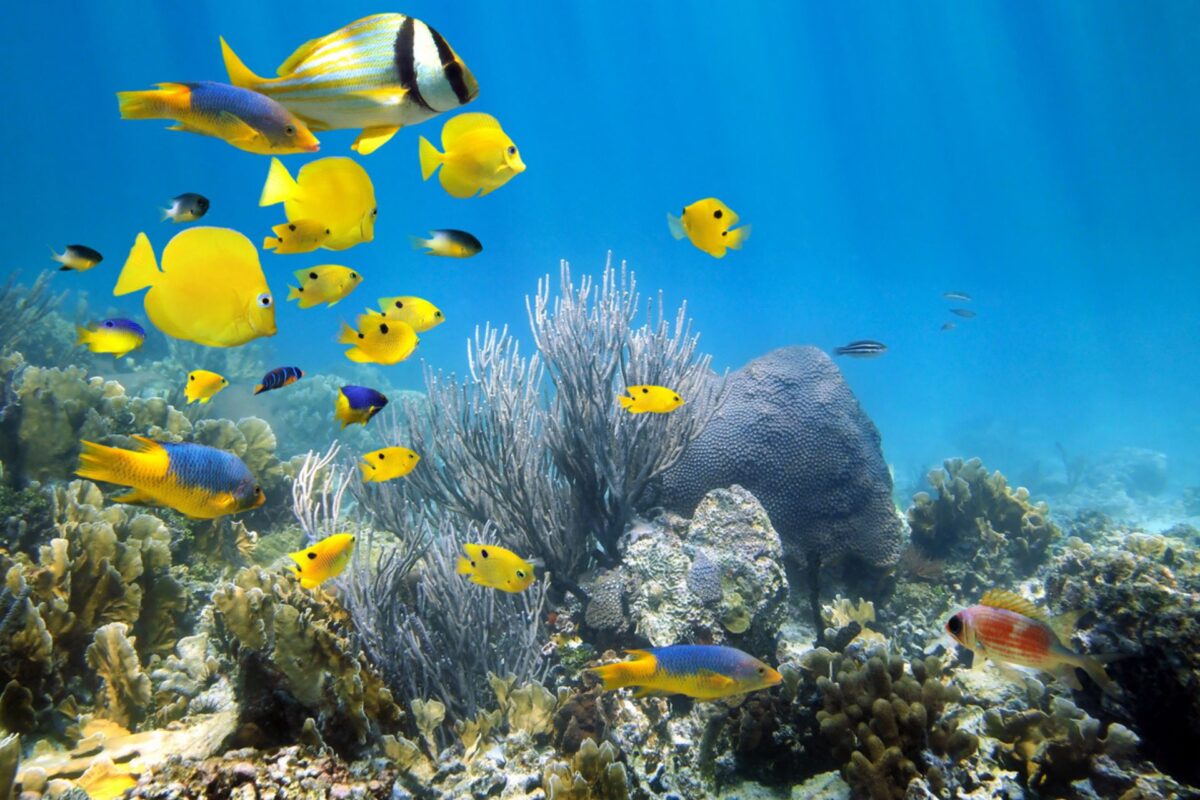News from the German world, Spearfishing and Tourism
Spearfishing and the oceans: waters you go to, fish you find
Spearfishing and the oceans: waters you go to, fish you find
Oceans and spearfishing they represent a wonderful world to be discovered. A very different experience compared to underwater fishing in the sea – for example in the Mediterranean – where variables and sensations come into play that put even a less experienced spearfisherman at ease and consequently less accustomed to variety.
In order to be able to fish correctly in the ocean, it is necessary to keep in mind that no area is the same as the other. Being indeed these large expanses of water extremely differentiated from each other according to the areas, one cannot think of diving into the blue and letting oneself go: there is a greater need for training and perseverance, as well as a greater need to rely on quality, stable and precise instrumentation.
How is spear fishing in the ocean and why practice it
But how is spearfishing changing in the ocean? It is soon said: after submerging in water the diver experiences a completely new sensation, in which his aquaticity is forced to change and mutate to adapt to the conditions of theOcean. The water in this case is different due to the lower quantity of dissolved salts compared to the sea.
Suffice it to say that in the Ocean we find 35 g/l while in the Mediterranean the percentage is 39.1 g/l. If the buoyancy of the body is less, however, we find the presence of the ocean wave which makes the movements different. During the descent to the bottom, when the wave advances towards the mainland, the diver moves in an opposite flow of water and pushes it up towards the coast. In the phase of wave ebb instead the diver's body is pushed down and back from the dry land position.
This means that to reach the seabed it will be necessary swim in a zigzagwithout following a straight line. We must also remember that the wave motion is also felt at discrete depths due to the large mass of water that is moved. On the other hand, it should be noted that divers usually get used to these conditions quickly, gradually acquiring a brand new sensitivity that leads them to move differently in the ocean. A useful tip is to do not swim evenly on the surface, but to stop during the reflux phase and fin only when the swell subsides, to then accelerate in the wave thrust phase.
What to fish in the ocean
Fishing in the blue can be difficult, but also exciting and full of adventures. This term indicates the fishing in the ocean for large pelagics such as marlin or tuna. It is usually practiced on deep waters and near shoals, shoals of wrecks or wrecks. Among the most coveted fish of the Atlantic we find white wings, sea bass, turbot and San Pietro, but also molluscs, such as mussels and scallops, and crustaceans, such as lobsters, lobsters and spider crabs.
In the temperate waters of the Pacific, on the other hand, they can be caught swordfish, tuna, salmon, herring and sardines, as well as extraordinary shellfish. To understand the richness of these waters, just think that every year from 150 to 200 different species of fish and over 1700 species of plants are identified here. According to some researches the Oceans – that with their mass of water they cover 70% of the earth's surface – are home to over 20.000 species of fish and more than 2 million plants.



